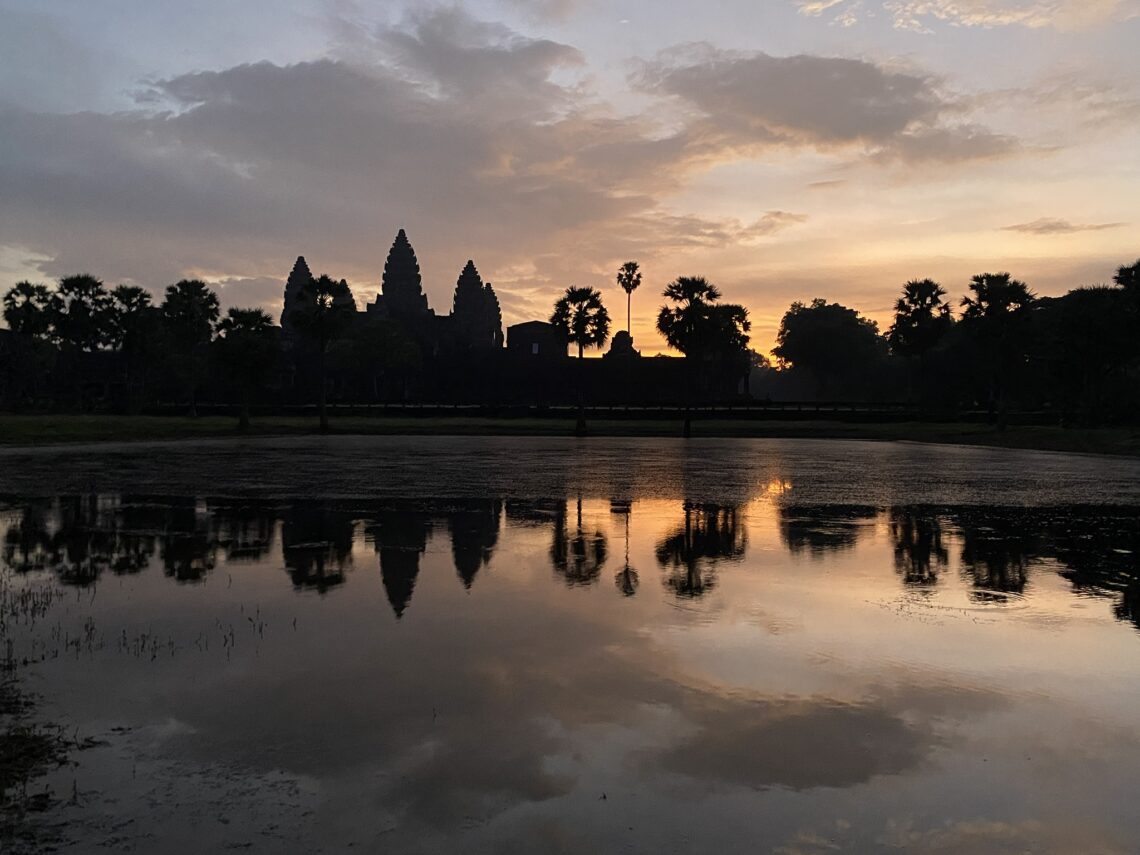
The Temples of Angkor
Our first stop in Cambodia was to the city of Siem Reap to see the Angkor Wat temple. This is a temple I have wanted to see for a long time, but I admit, I was very ignorant in regards to the extent of the importance of this place. Angkor Wat is an 800 year old temple that originated as a Hindu temple but eventually was transformed to be used for Buddhism. But there is so much more than just this temple! Angkor was once the capital city of the Khmer Empire (9th-15th century) which was larger than the Byzantine Empire at its peak. It was home to nearly 1 million people and was geographically as large as Paris or the five boroughs of New York City are now. As you can see in the map below, there are MANY different temples throughout the former city, as well as remains of waterways, many of which were constructed by hand. After flourishing for six centuries, the city was pretty much abandoned, either due to lack of agriculture to sustain the population or by being driven out by outsiders (they are not certain of the exact causes).

Since then, the harsh climate of this region has wrecked havoc on the remaining temples. Fierce rains have caused the ground to shift, resulting in the collapse of many parts and the jungle has taken over many of them. The country has done a decent job of keeping some of them (most notably Angkor Wat, of course) in decent condition but tourism is now a big threat to the remains. I was shocked that we were allowed to walk around inside of, climb up to the various levels of, and touch the carvings on the walls of these temples. Although important for the economy of Cambodia, it can’t be sustainable to continue to allow people to do these things without long term effects. That said, I am so happy that we were allowed as much freedom as we were because it gave us the opportunity to really explore and be transported back in time.
Sunrise at Angkor Wat
Angkor Wat was built in the early 12th century, originally as a Hindu temple that was representative of Mount Meru, the home of the ancient gods. It is a west facing temple, which is unusual for most of them, and therefore it is believed that it may have been used as a tomb, because facing west symbolizes death.


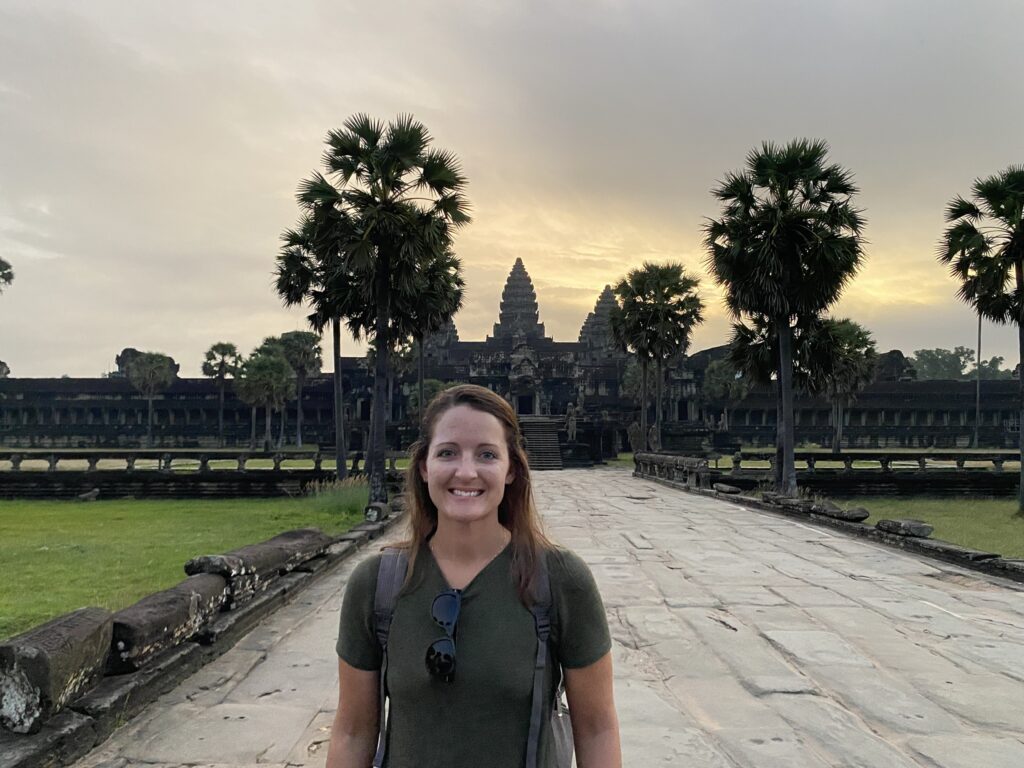
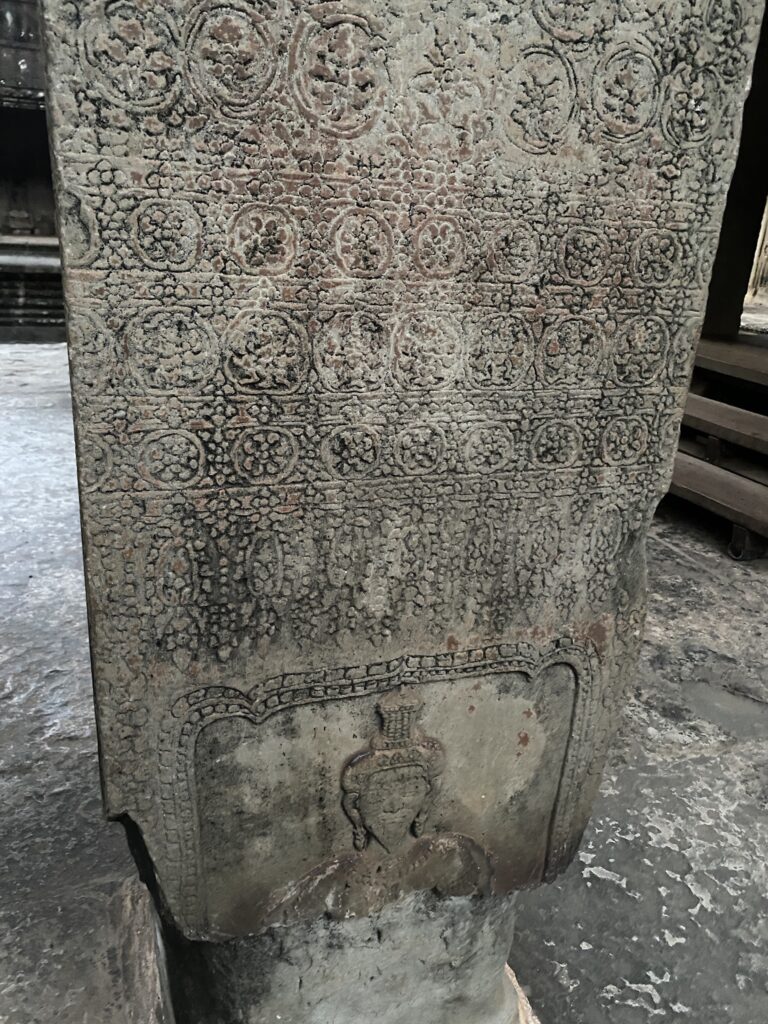
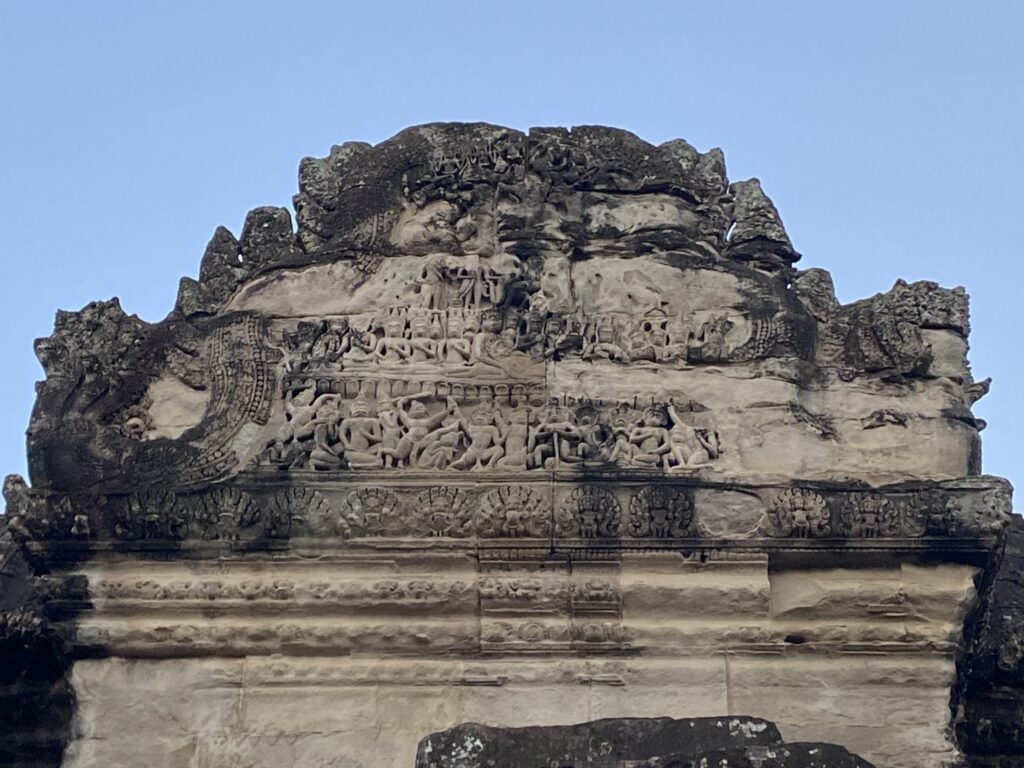
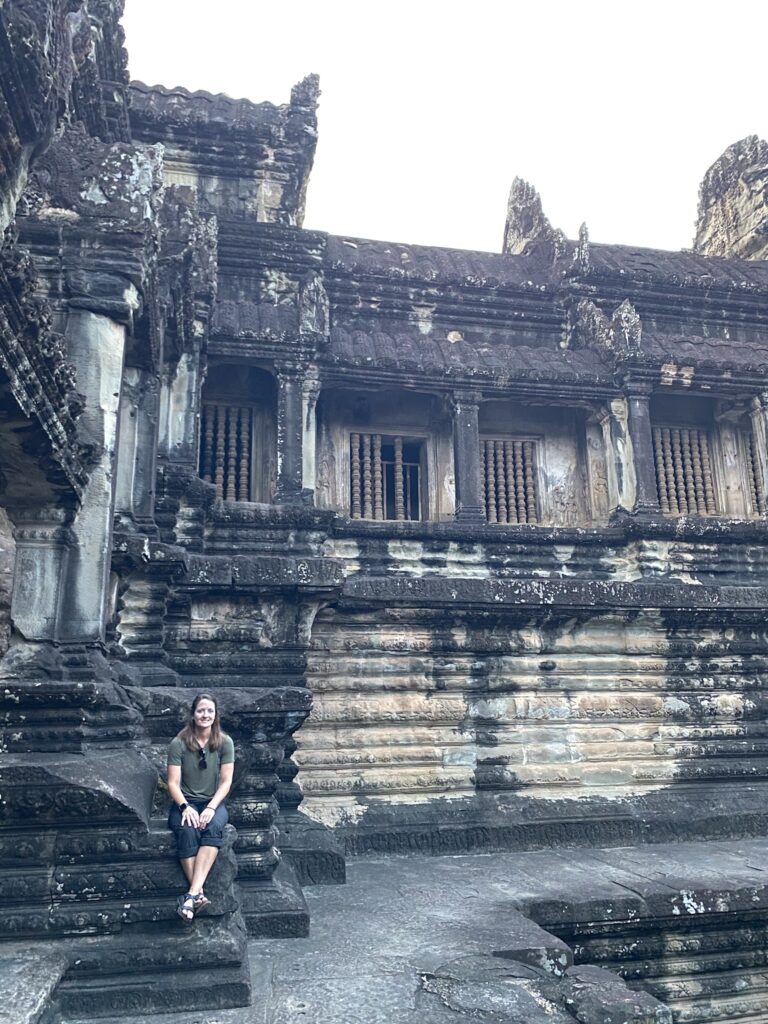


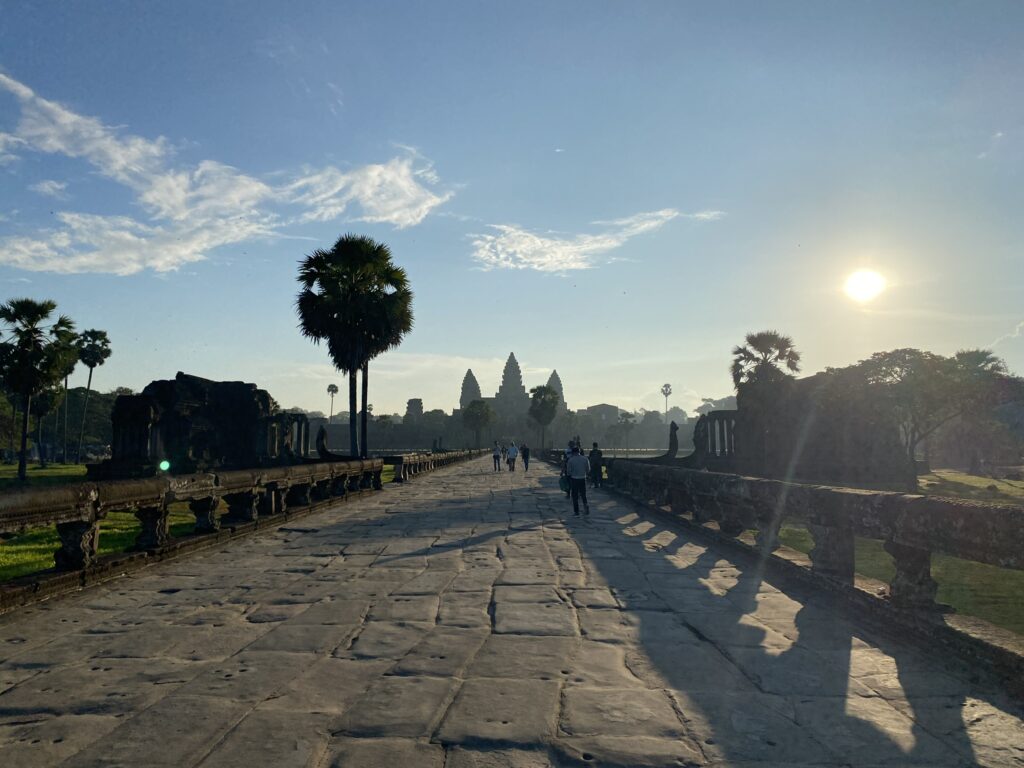
Angkor Thom
Angkor Thom is a walled city north of Angkor Wat, that once houses the priests and other officials. We entered through the impressive south gate, which is lined by 54 statues on either side of the walkway, said to represent gods and demons.

Prasat Bayon
Located in the center of Angkor Thom, this temple was built in the late 12th/early 13th century to serve as the official temple of the Mahayana Buddhist King Jayavarman VII. It is recognizable by the nearly 200 faces that decorate it throughout.

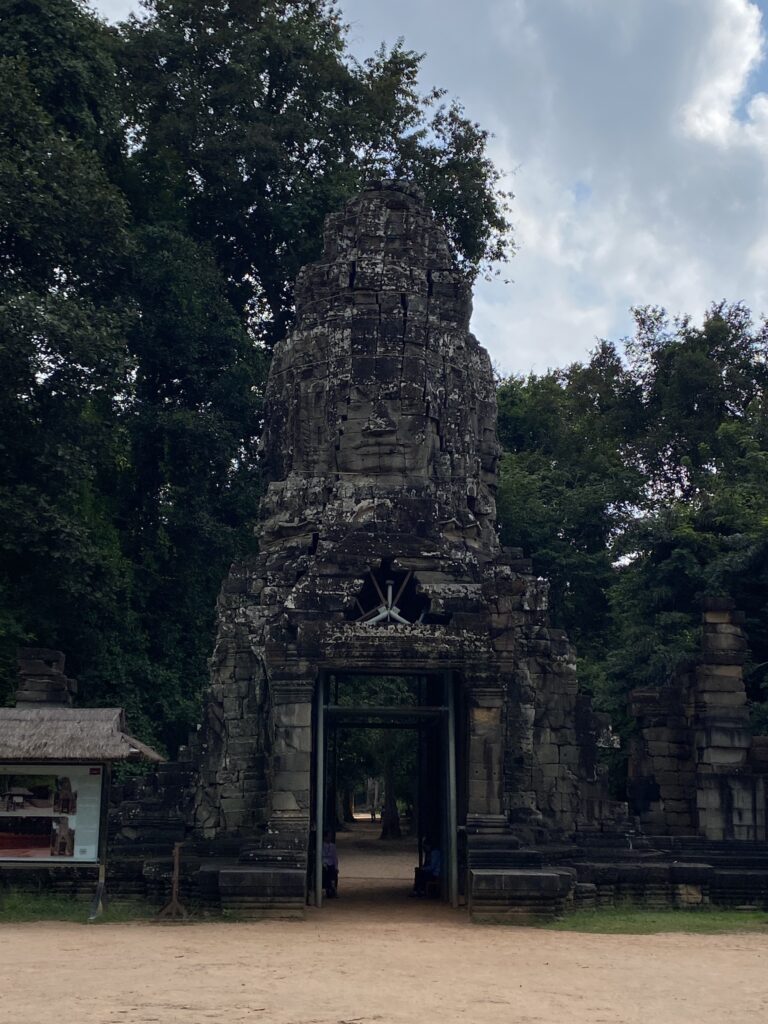


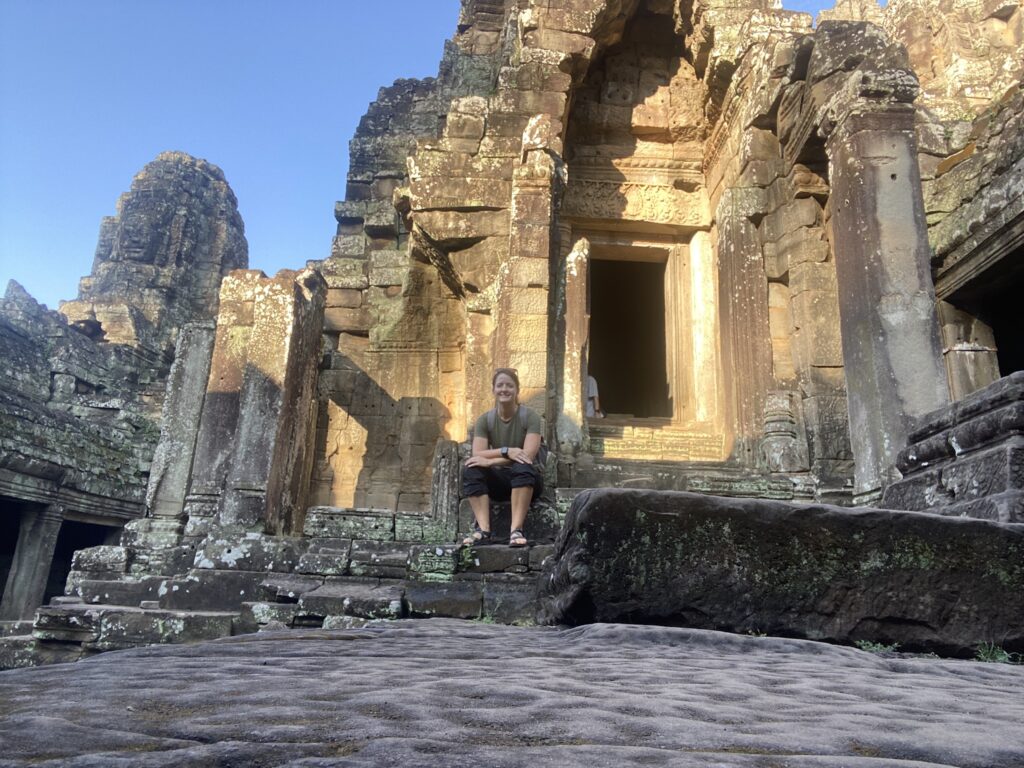
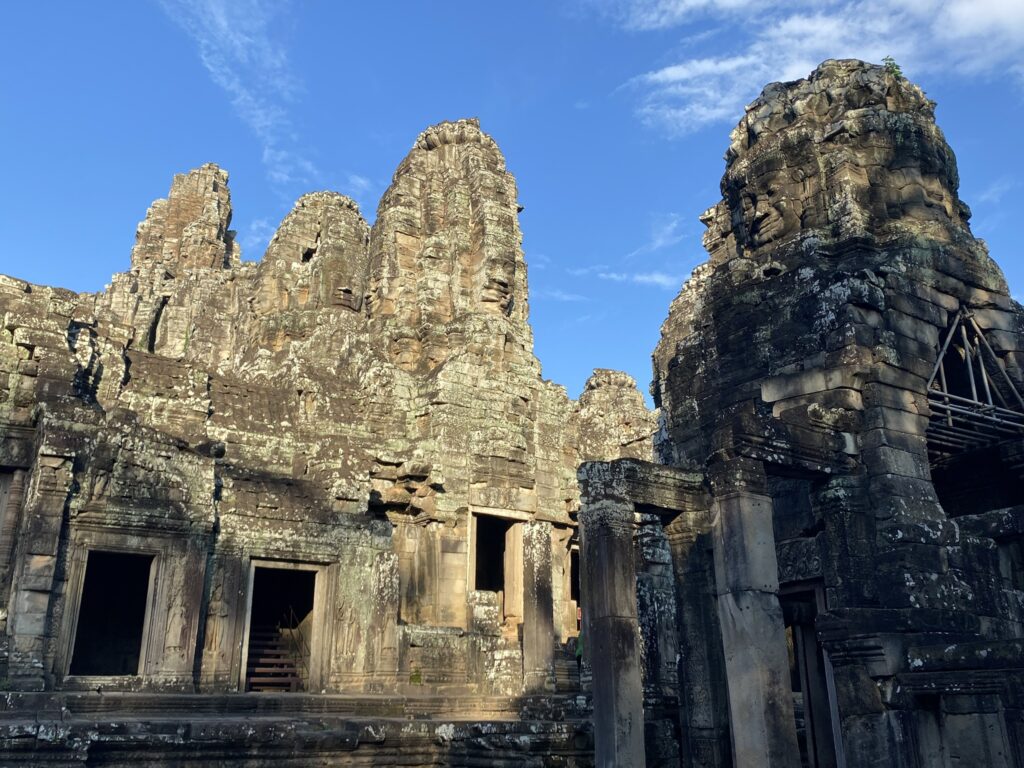
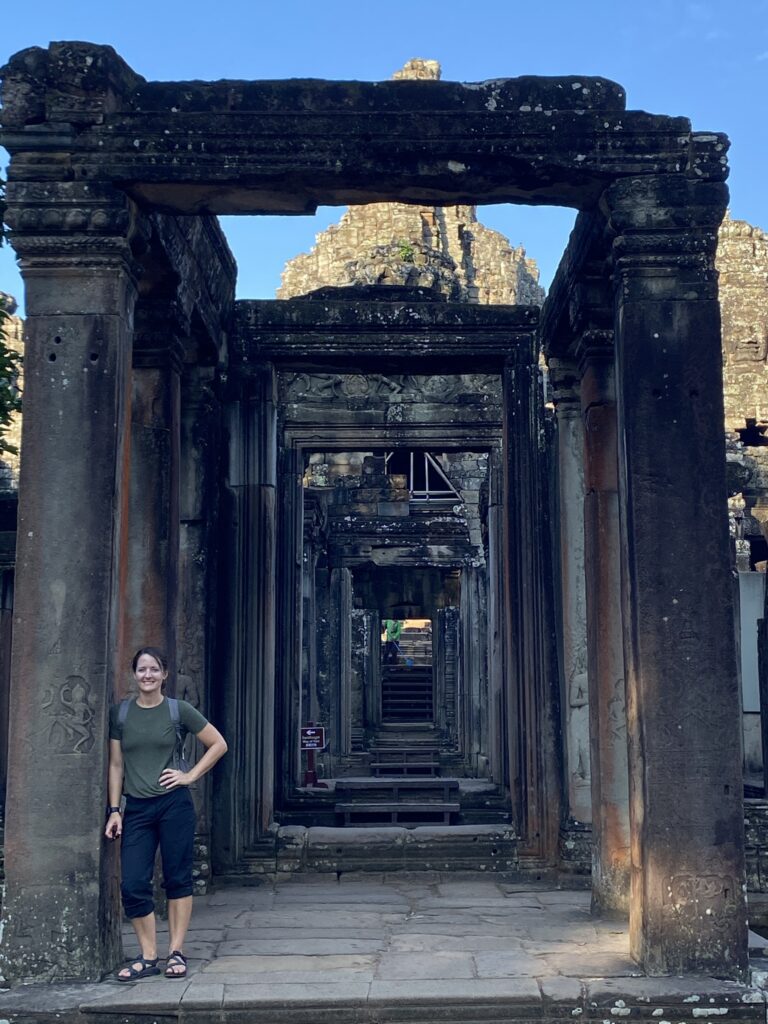
Prasat Ta Prohm
Prasat Ta Prohm was probably my favorite temple and NOT because it was most famously known as the set for the movie Tomb Raider! This temple was also built in the late 12th/early 13th century and was founded as a monastery and university. When it was discovered, it had been basically overtaken by trees and they have left much of it the way it was found. You will find several supports keeping the temples from collapsing but the fact that it is in near ruins is what made it so fantastic.
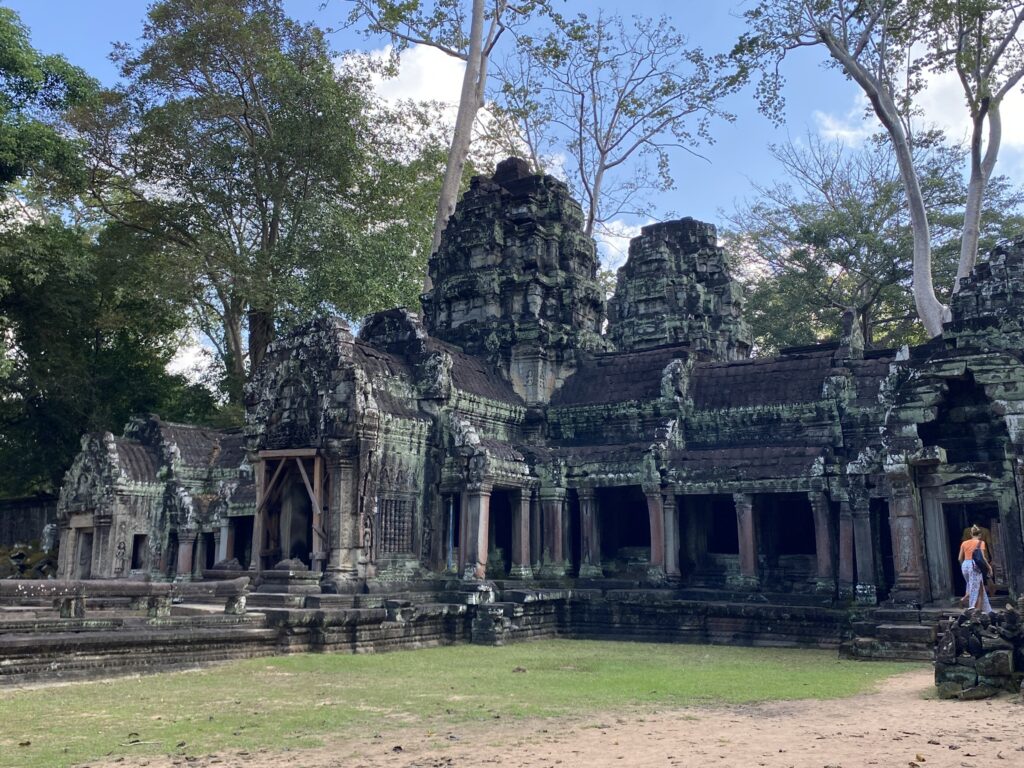


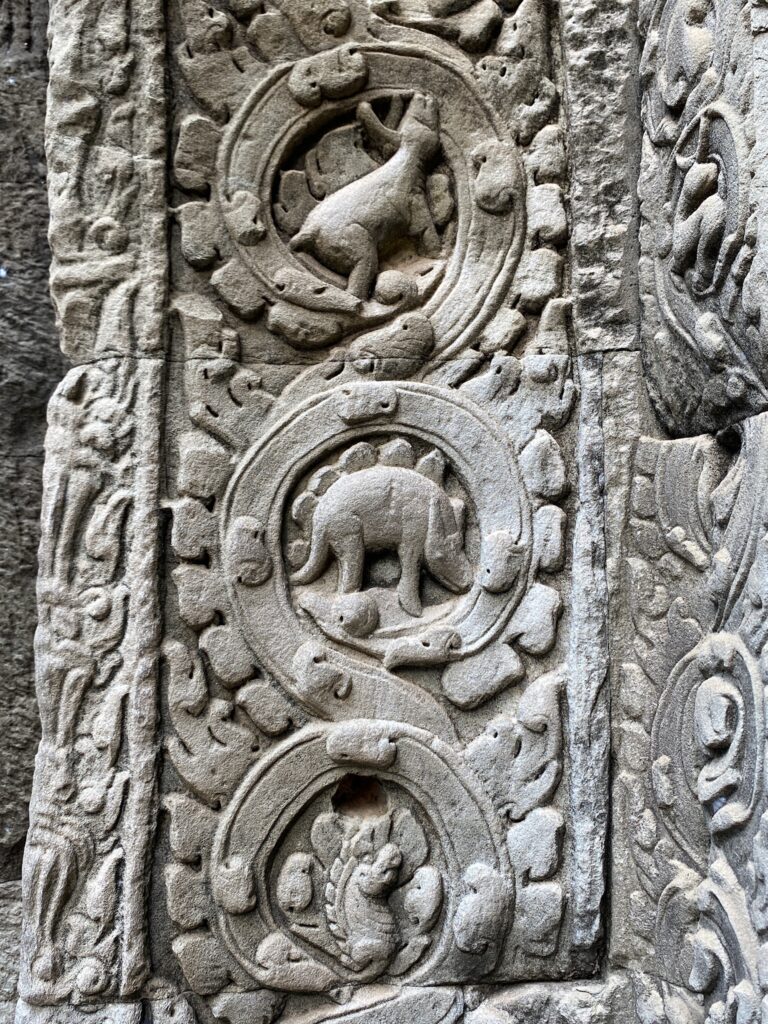
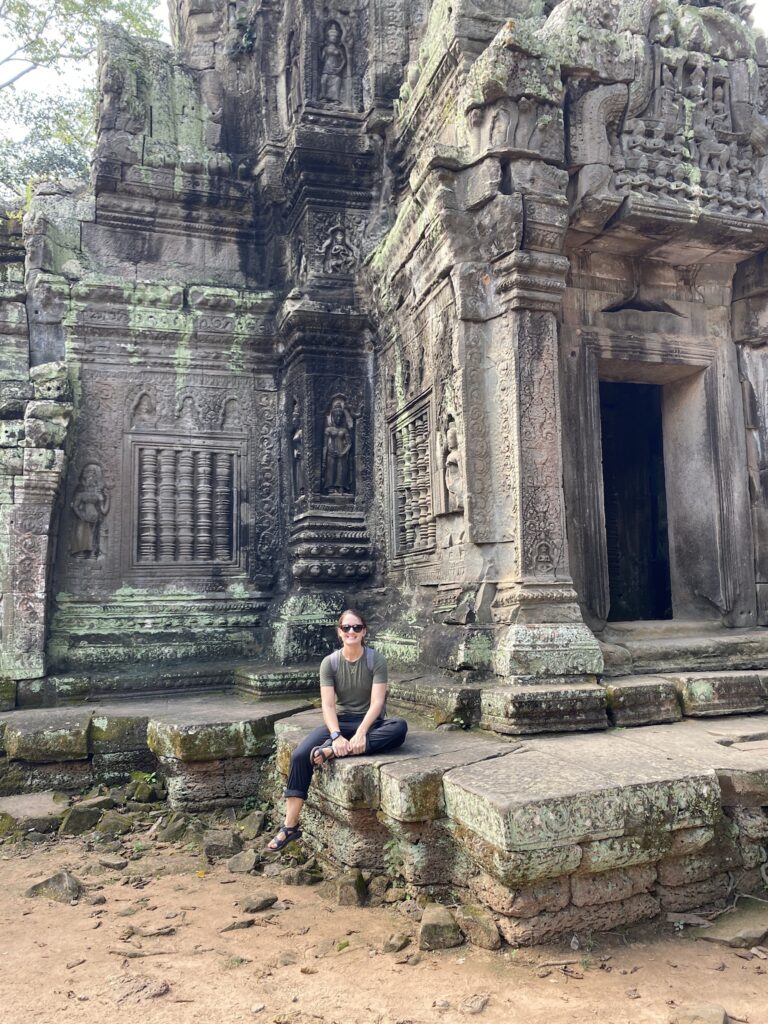
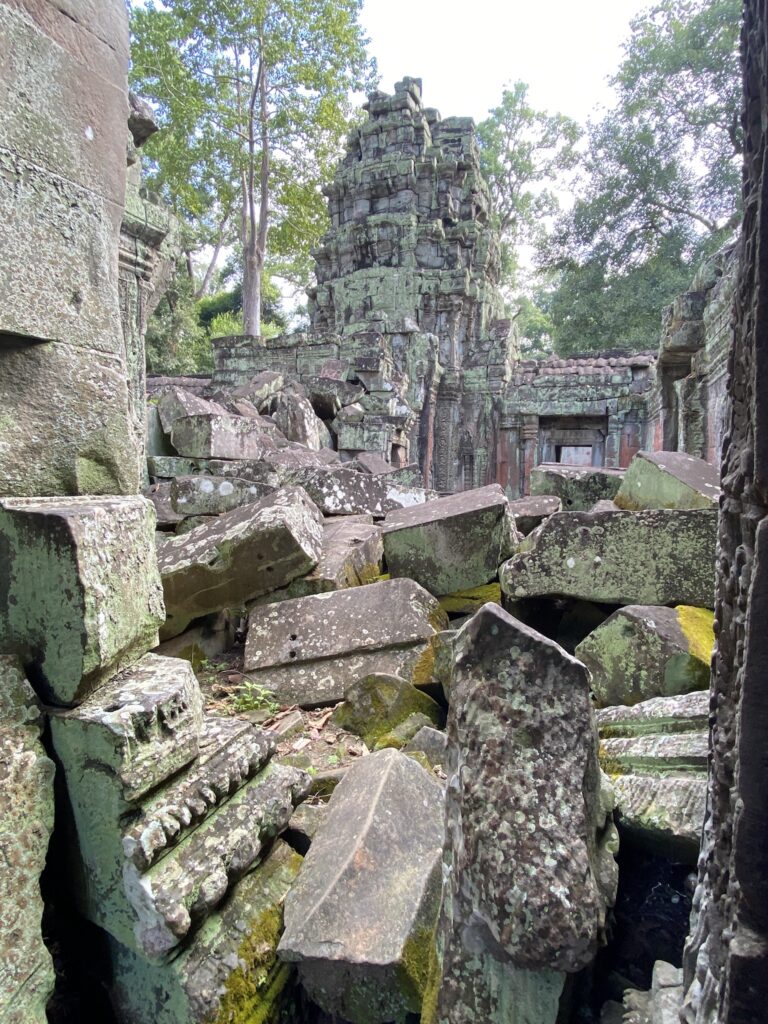
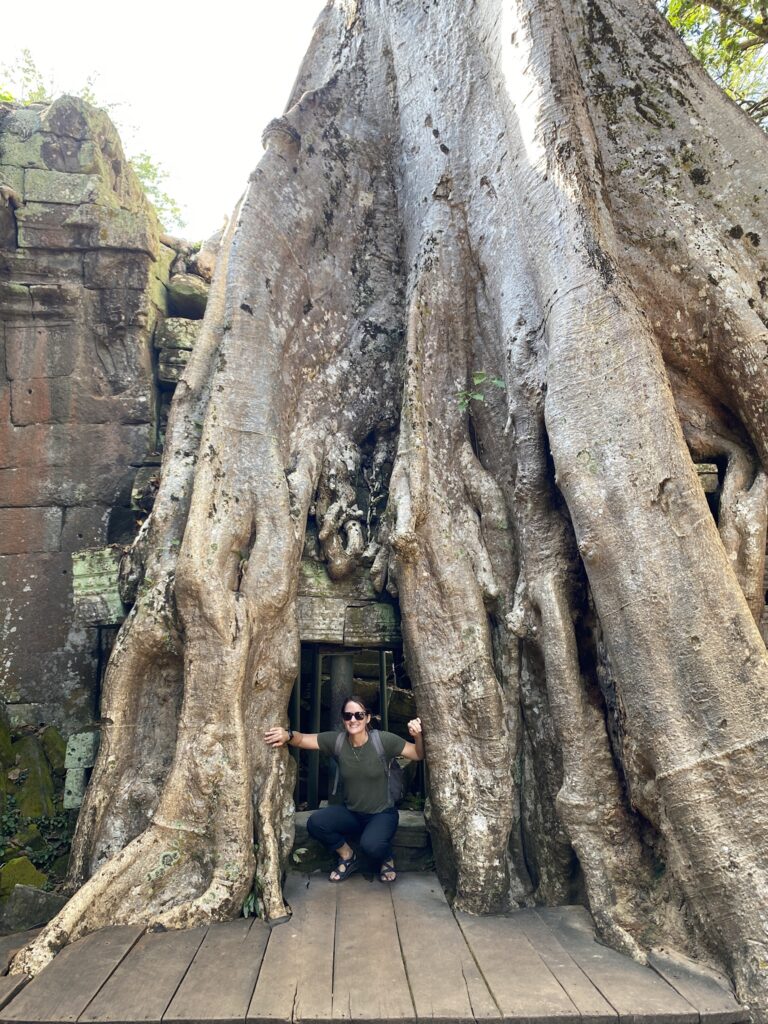
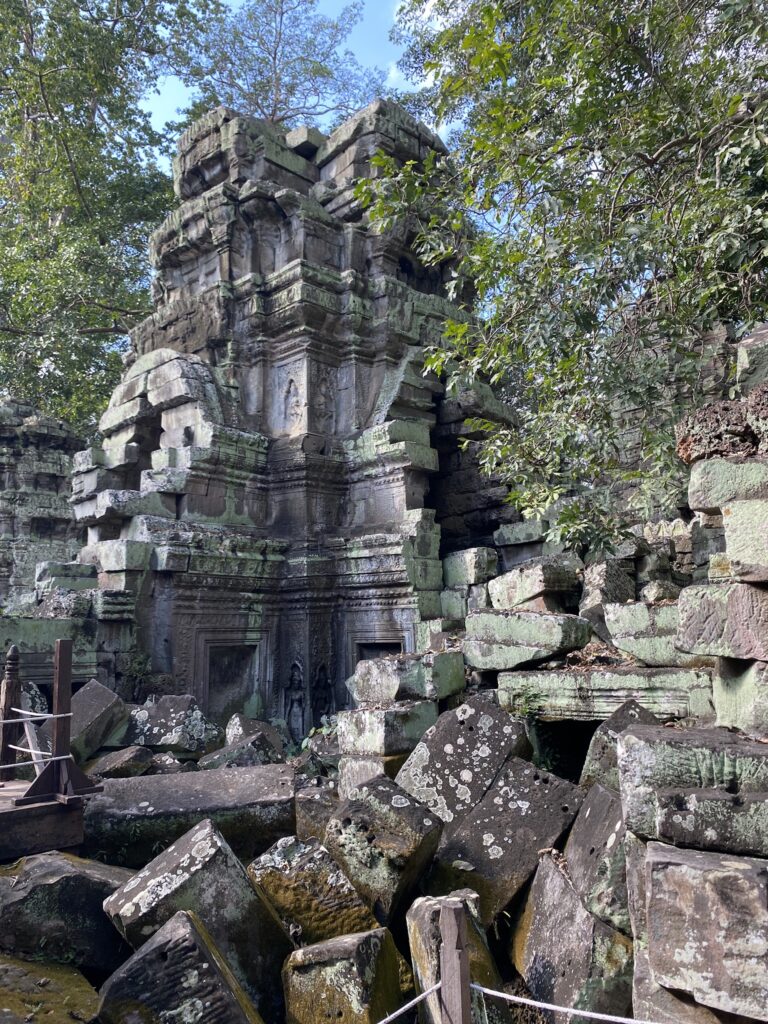

Prasat Pre Roup
Pre Roup was a Hindu temple dedicated to the Hindu god, Shiva. It was completed around 961CE and was originally used as a place where funeral rituals took place.


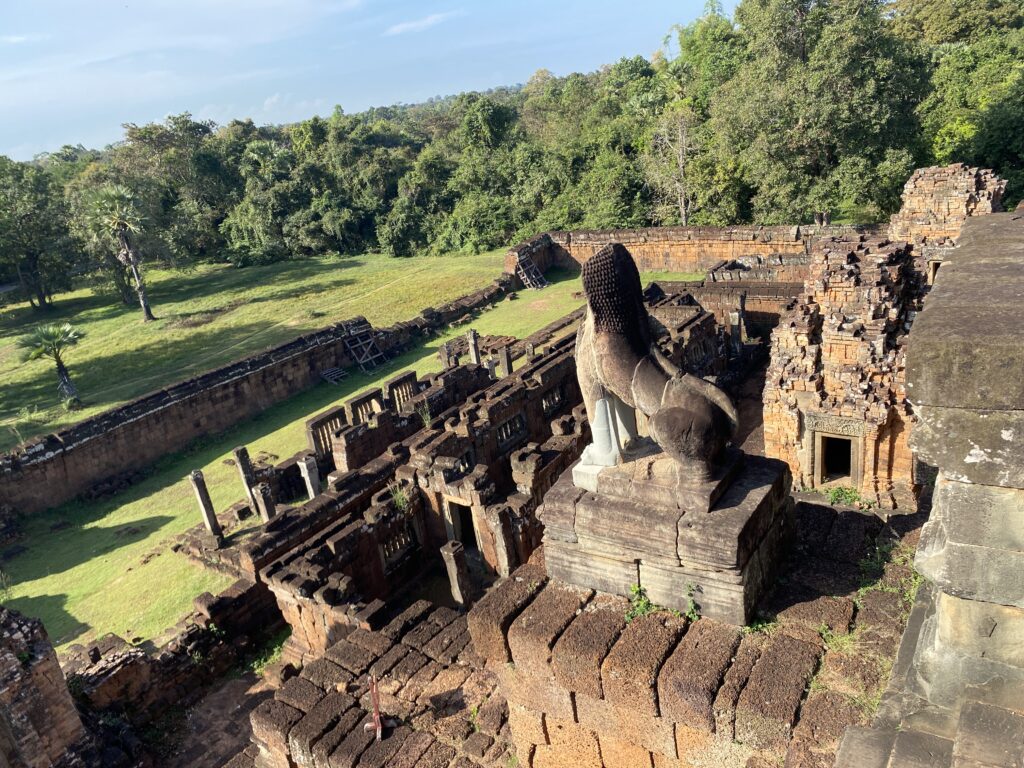
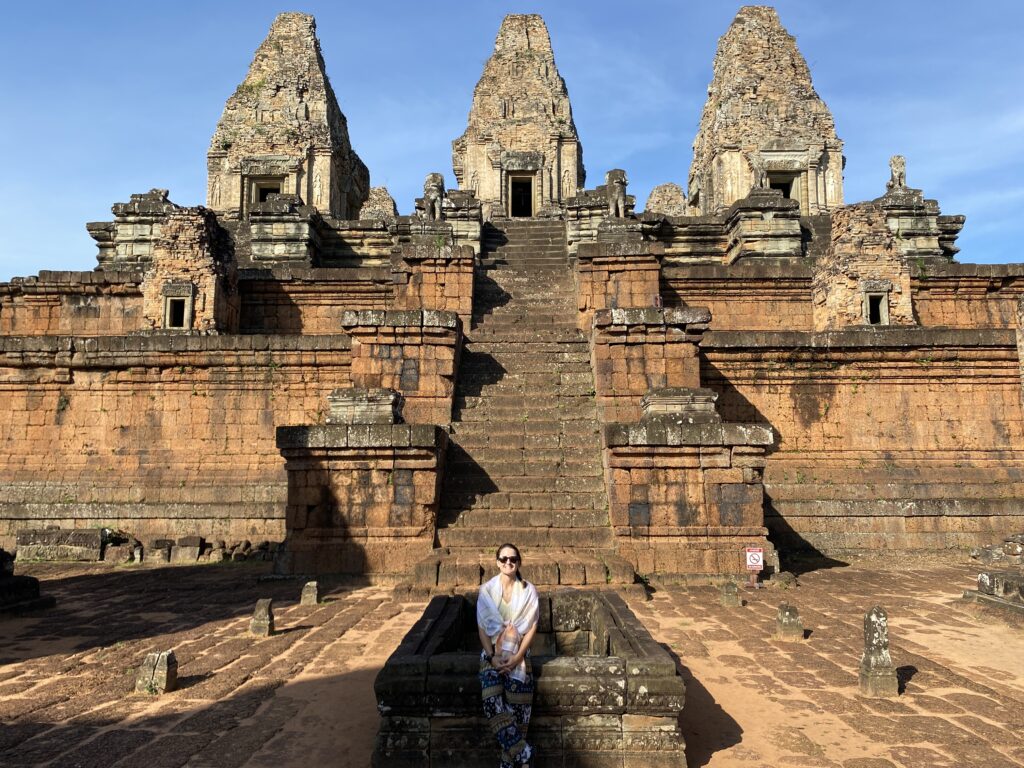
East Mebon
East Mebon was built around 950CE and was also dedicated to Shiva, as well as to the parents of the king at the time. The elephants on each of its corners was the coolest part of this one.
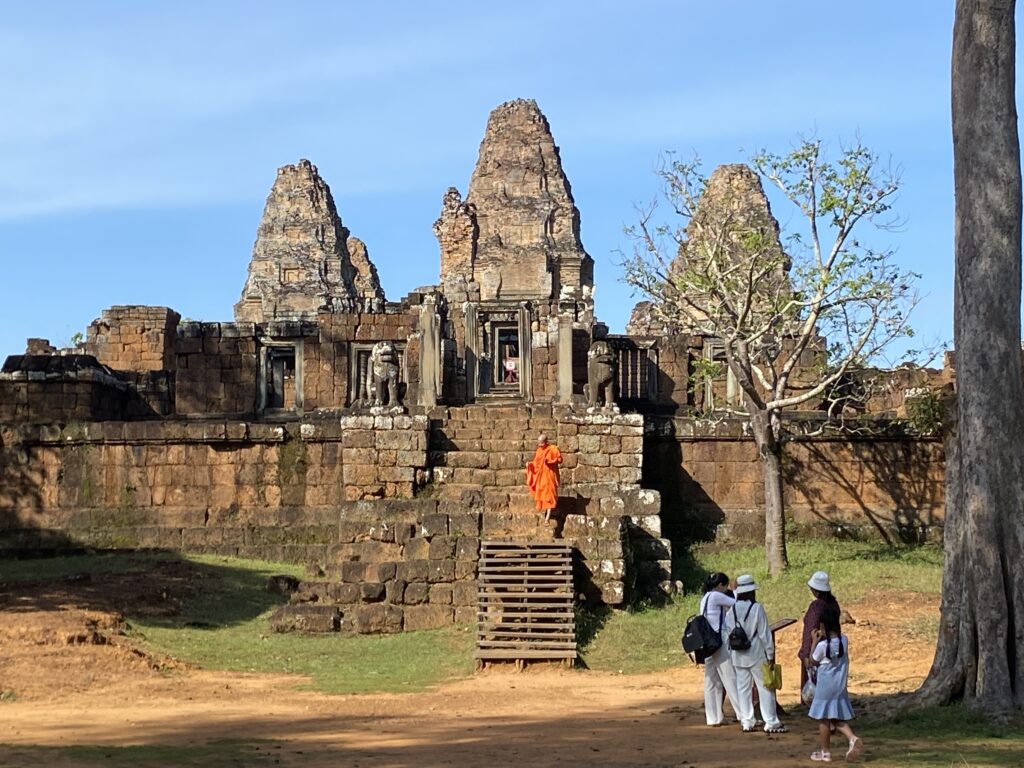
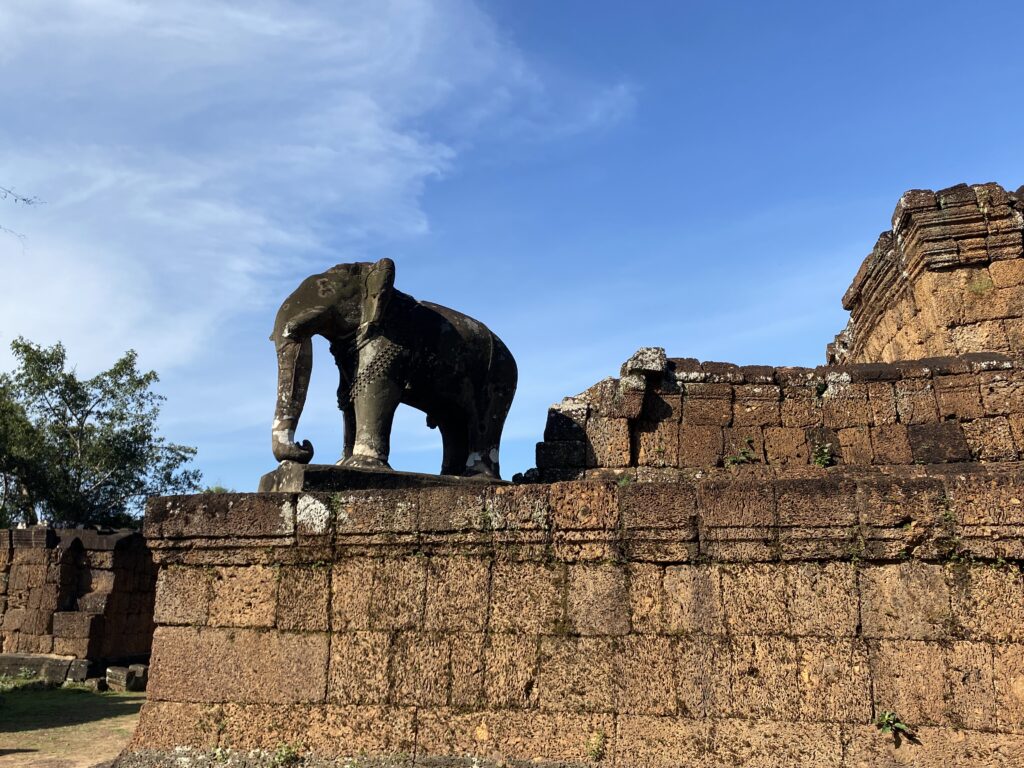

Prasat Ta Som
Built at the end of the 12th century, Ta Som was dedicated to the father of the King Jayavarman. This was another one that the jungle had taken over which made it so much cooler to wander through!

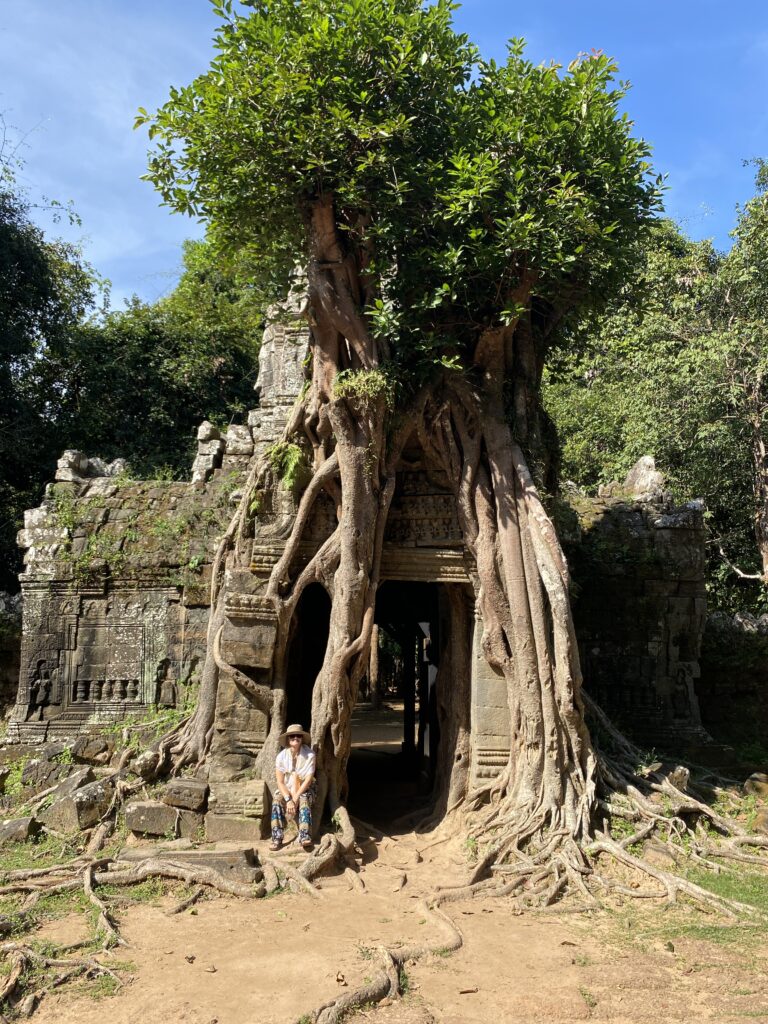


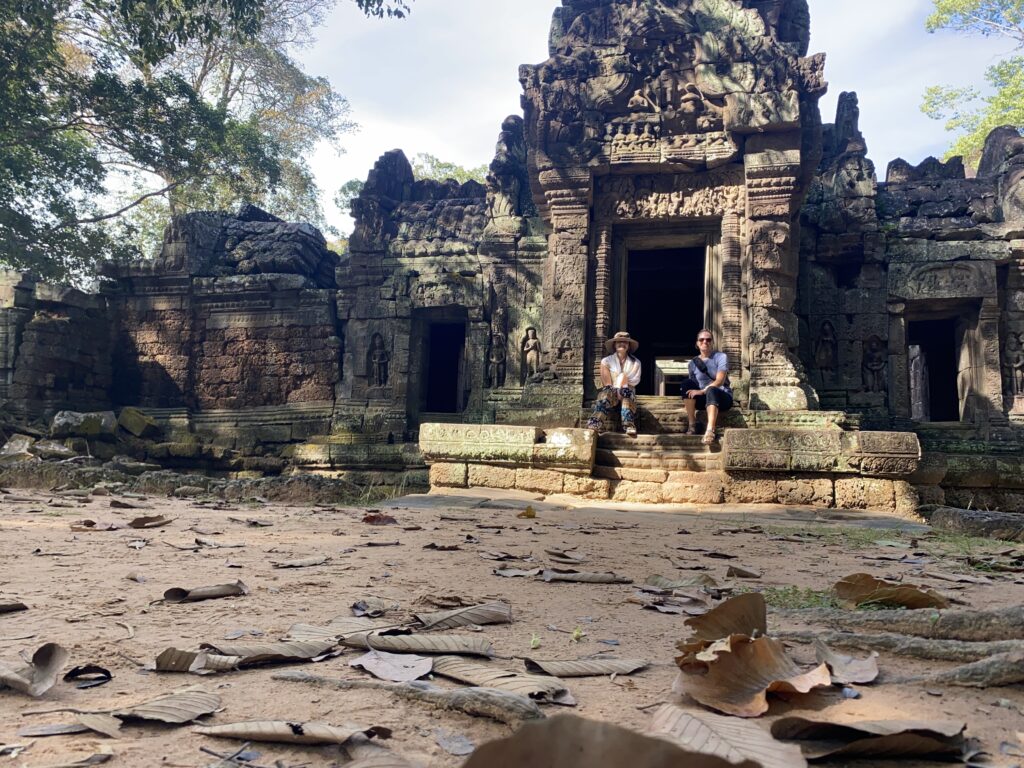
Prasat Preah Neak Pean
This one basically consisted of a temple in the middle of a square pool of water. At one time, there were four pools around this center pool that represented Earth, Water, Air and Fire. There were then the four great animals that protected each of these pools, an elephant, bull, horse and lion. The only remaining animal statue was that of the horse which is said to have protected sailors.
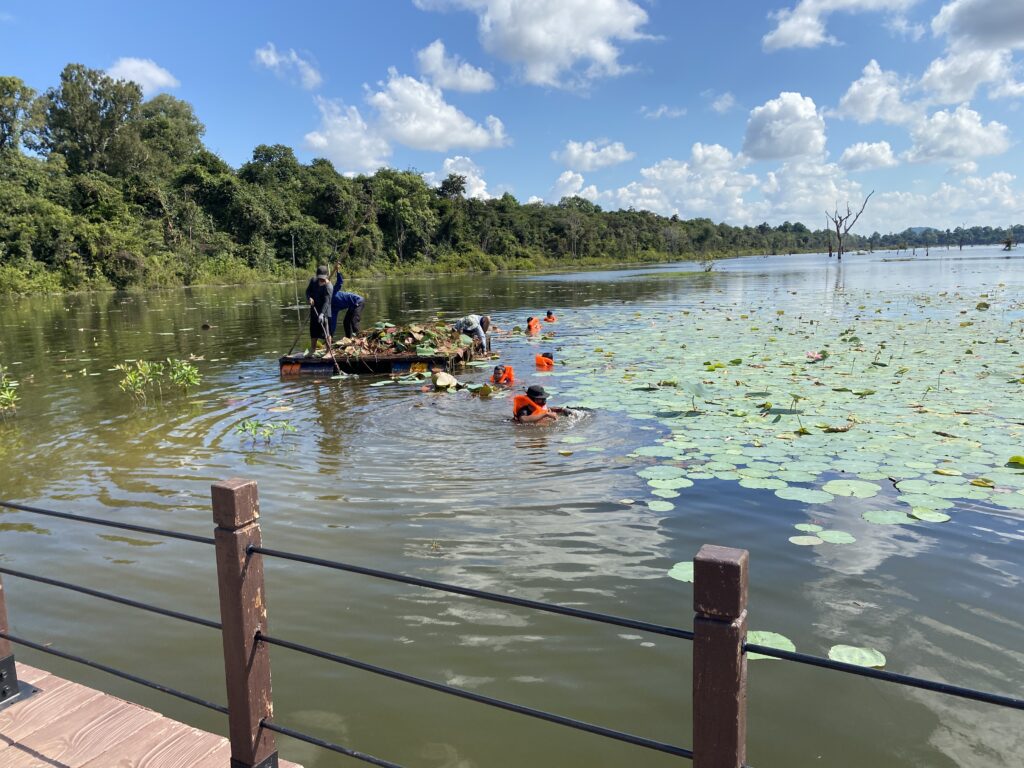

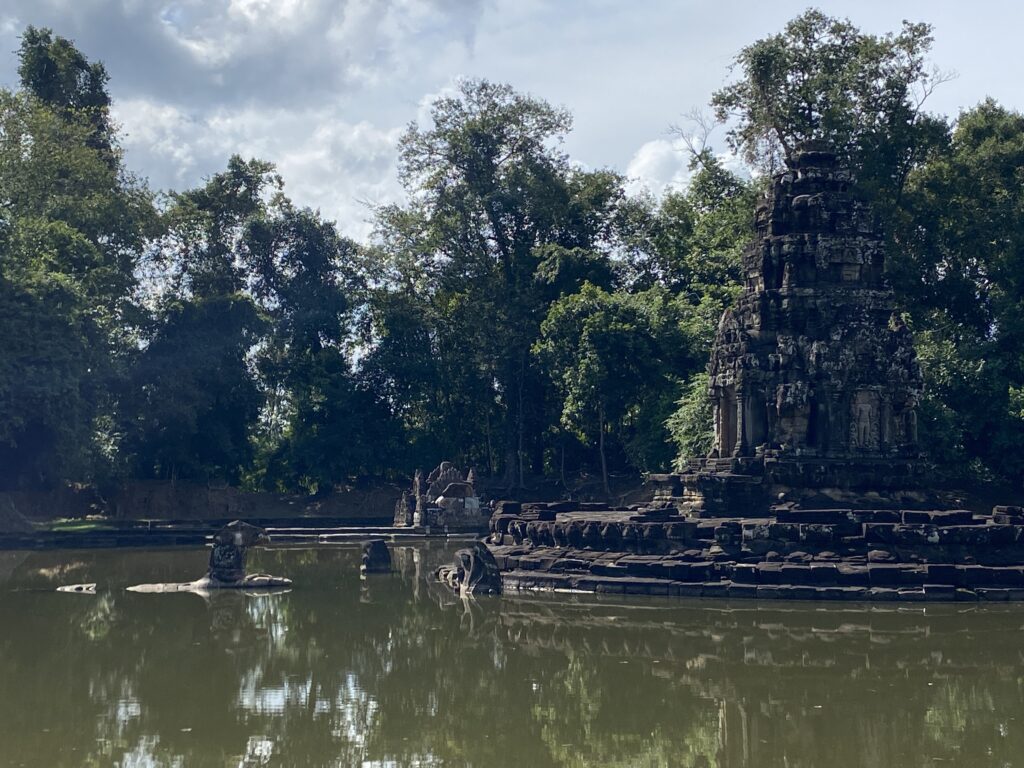
Prasat Preah Khan
Preah Khan was built in 1191CE on the site where King Jayavarman had fended off invading forces. It was also built in memory of the king’s father and served as many combined institutions, including a city, temple and a university. It was massive!
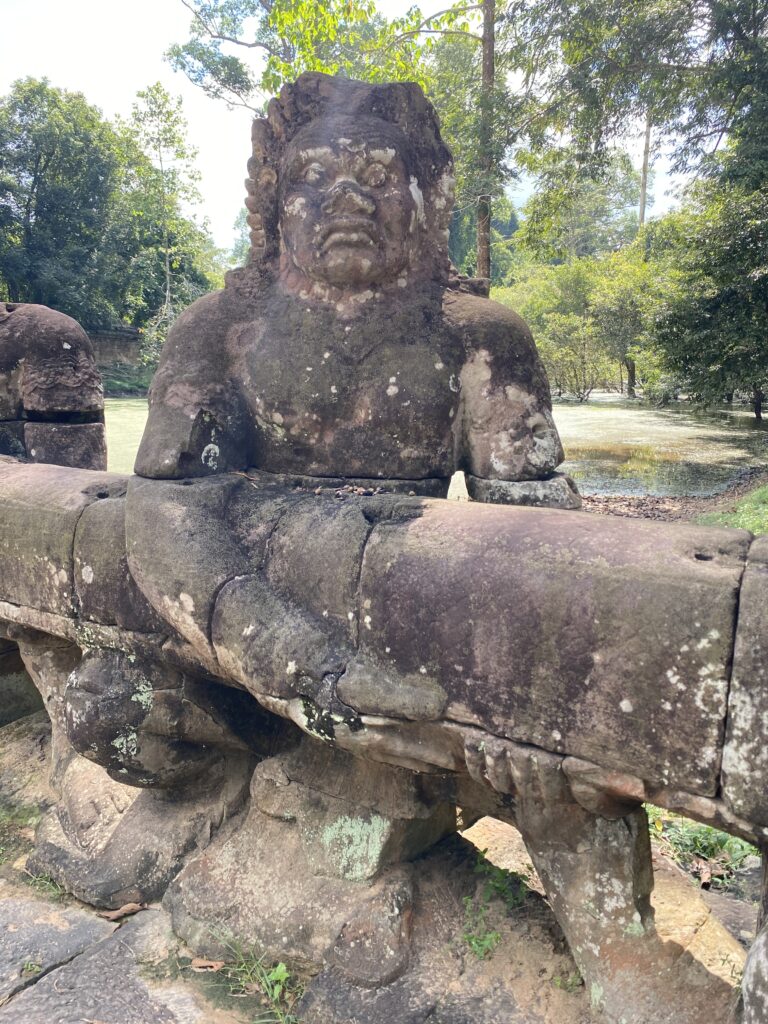
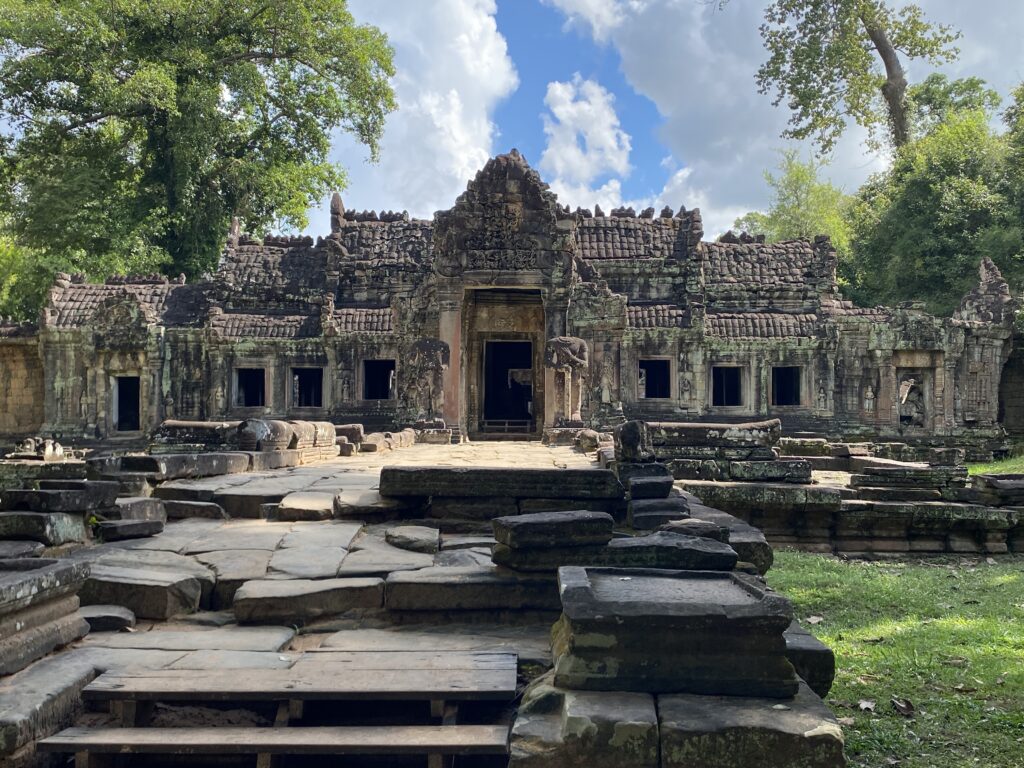

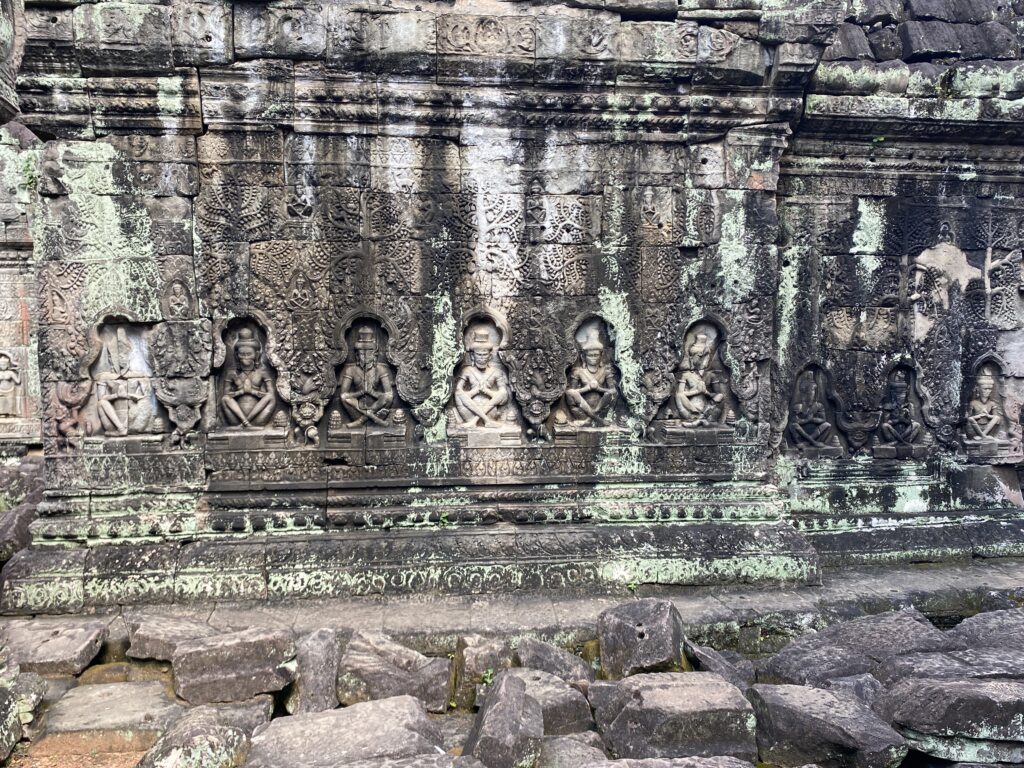

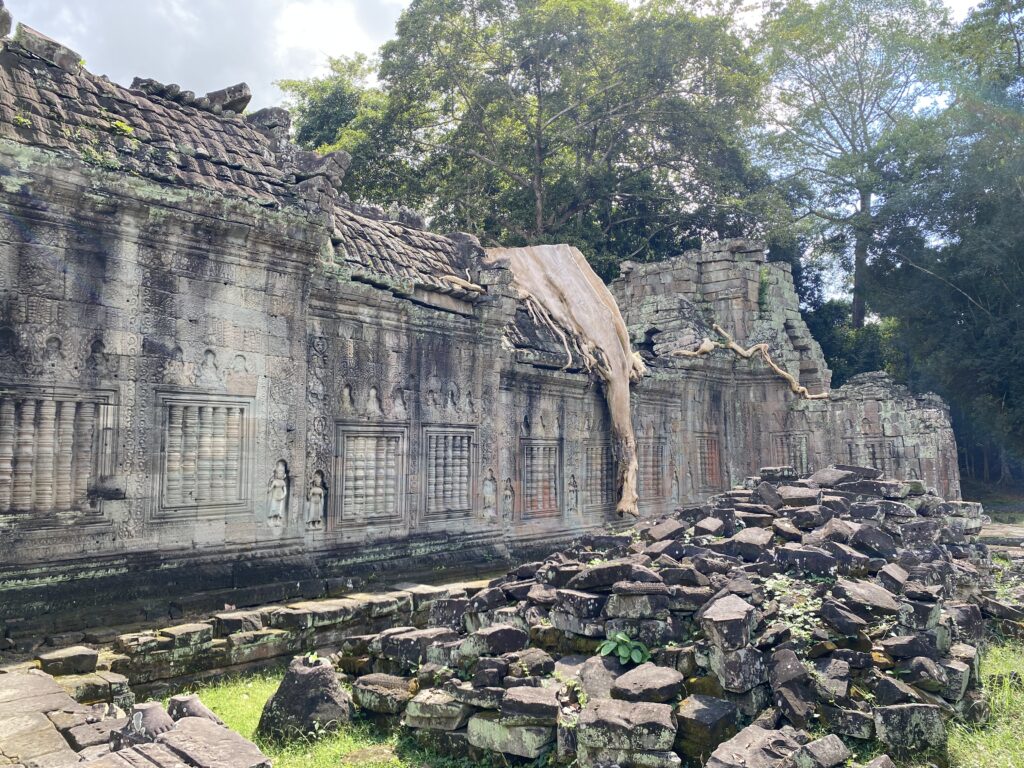
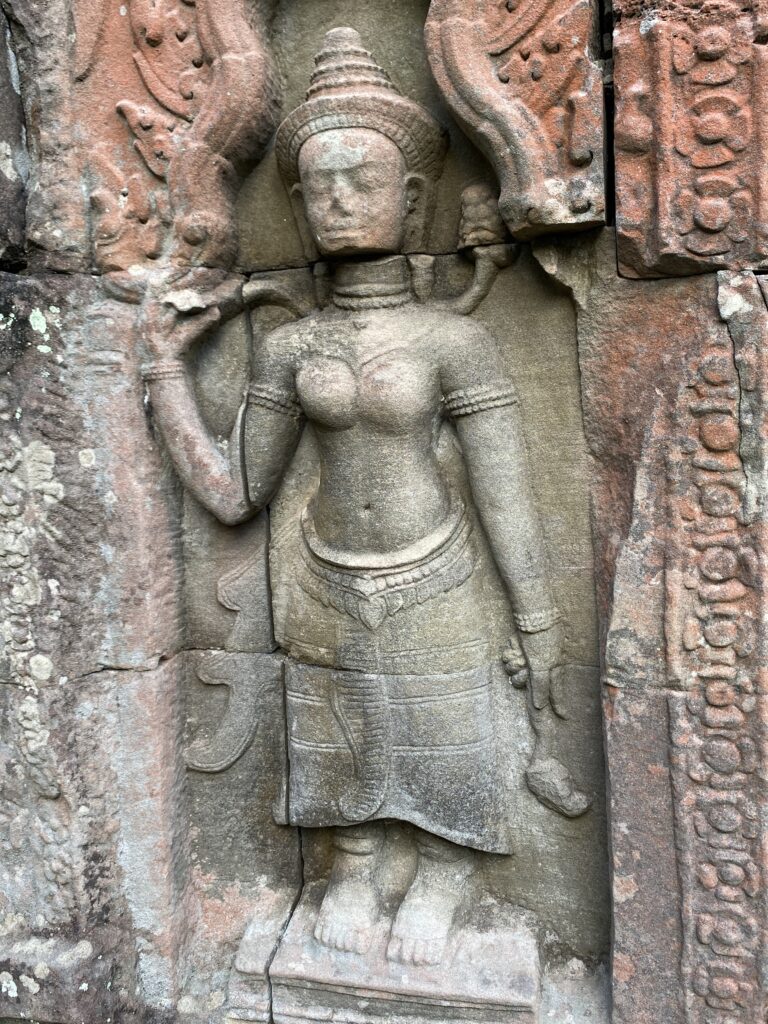
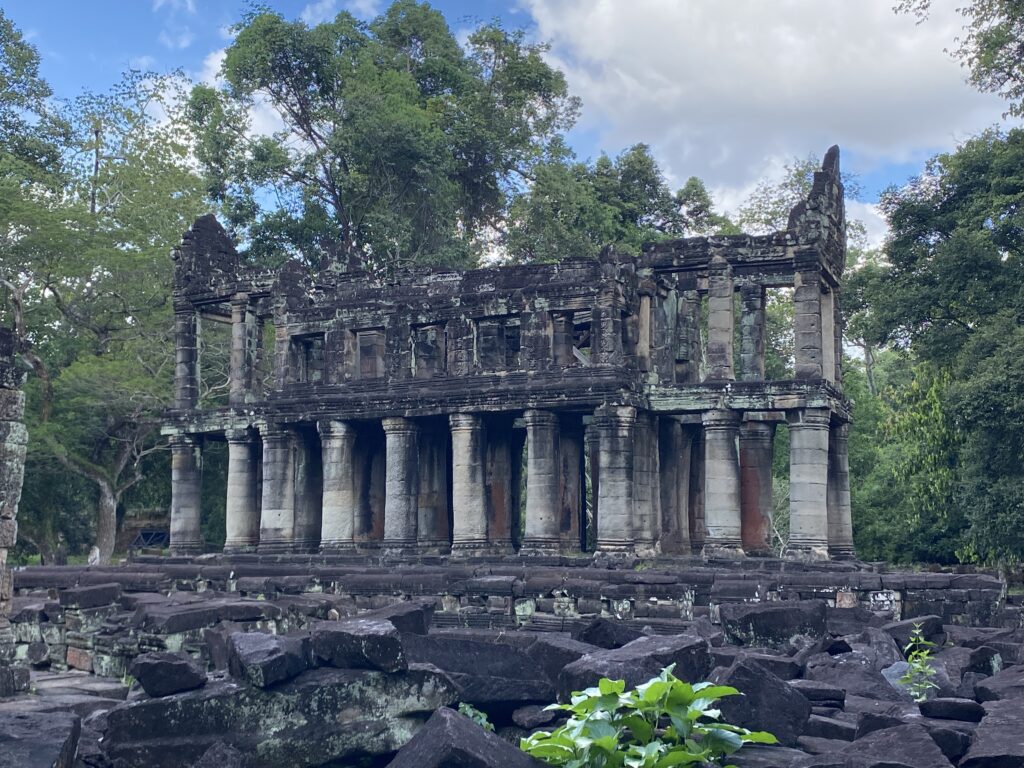
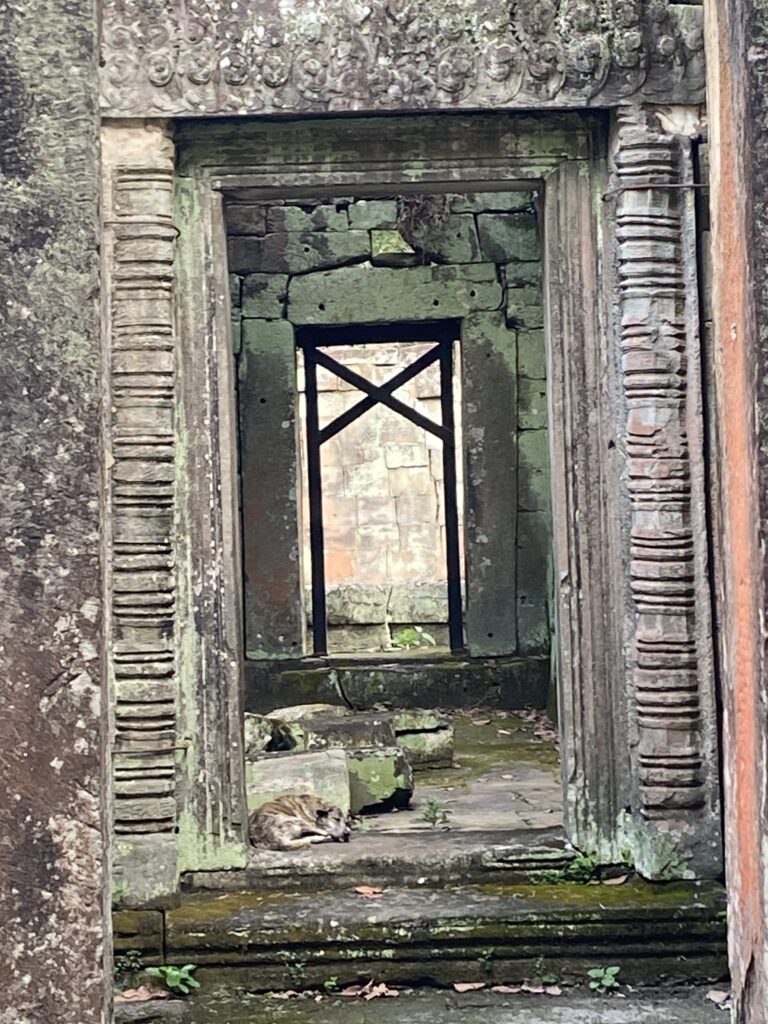

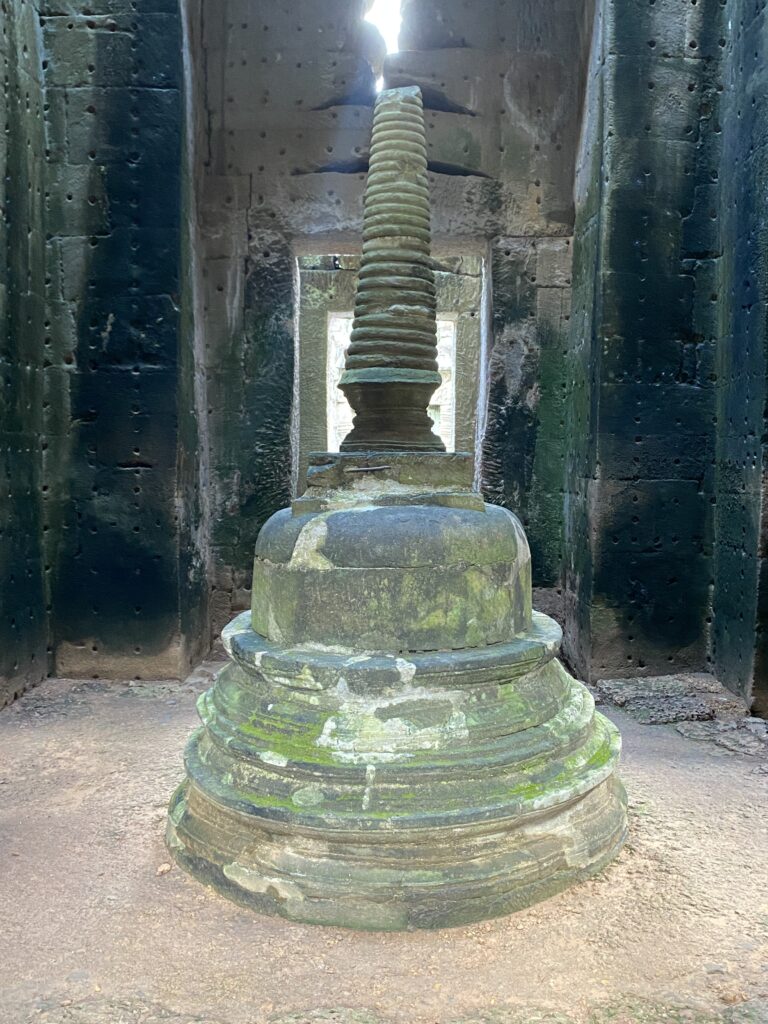
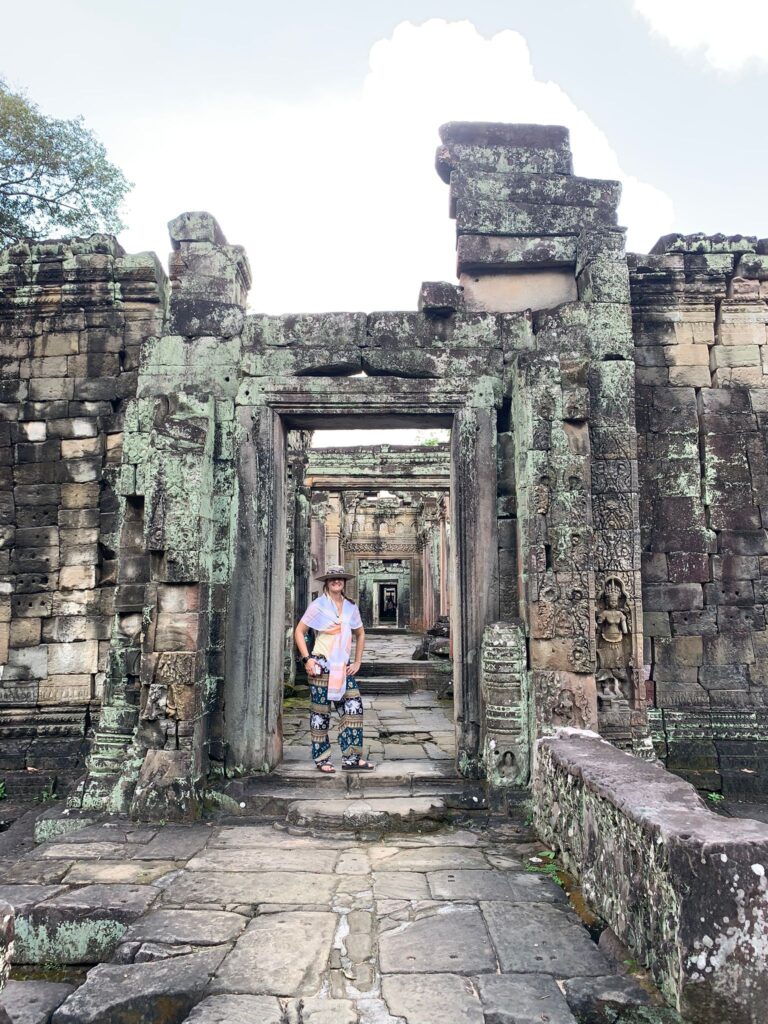
As many people know, Cambodia was the setting for a horrific genocide that occurred in the 1970s under the Khmer Rouge regime (I’ll have lots more to say on this after visiting Phnom Penh). During this time, it was the goal of the government to erase any traces of religion in the country, so many of the temples were destroyed. However, it is interesting to note that, for the most part, the temples of Angkor were left unharmed by this destruction, and the reason for that (according to several sources that I read) is because of the deep sense of nationalism that the regime held towards the Khmer people of the past. I am sure there is much more to it than this simplified explanation, but, whatever the reason, I am thankful that they left these temples alone. (And that’s probably about the only thing one could say they are thankful to the Khmer Rouge for…)


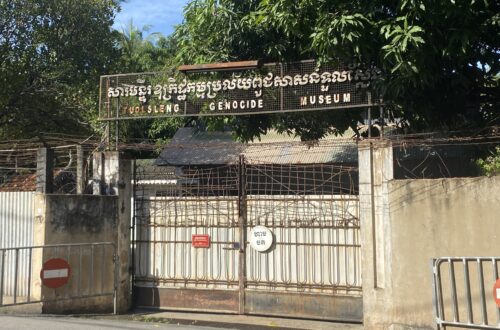
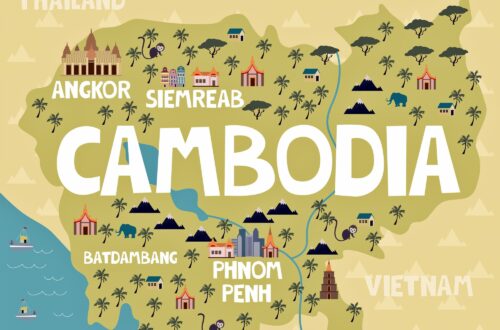
4 Comments
Mary
So amazing, right??!! Great narration and info, Amy!!! So fun for me to read and look at your pics after having been there! ❤️
Aren’t those Thai pants the best??!!
Grma
Wow, excellent narration and most interesting.
Amanda Ueltschy
Really enjoying following along on your journey. The history and photos are amazing! Wishing you safe travels and fun!
Julie Thompson
I’ve heard of this of course but never seen it. I’m so glad you got to go!